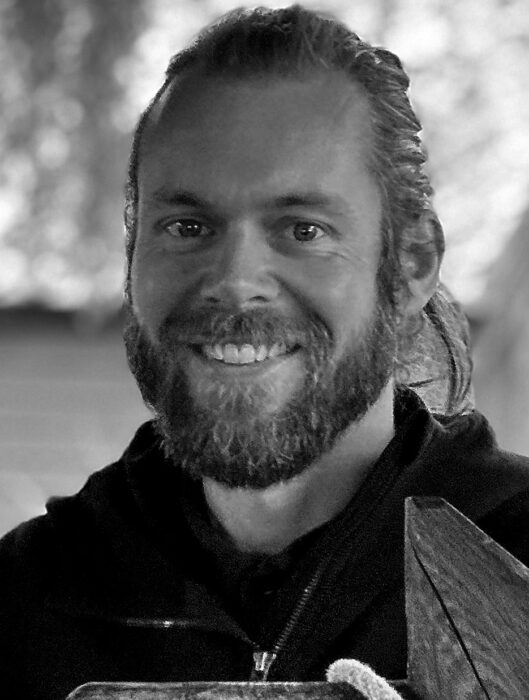The Oselvar workshop is located on the banks of the Oselvo river in Bjørnafjorden municipality. Our work involves preserving knowledge about the construction, use and repair of the Oselvar boat. In 2016, the Oselvar boat and the traditions surrounding it were added to UNESCO’s list of Intangible Cultural Heritage. The workshop is open to the public every weekday.
You can find the latest news about the workshop on Facebook
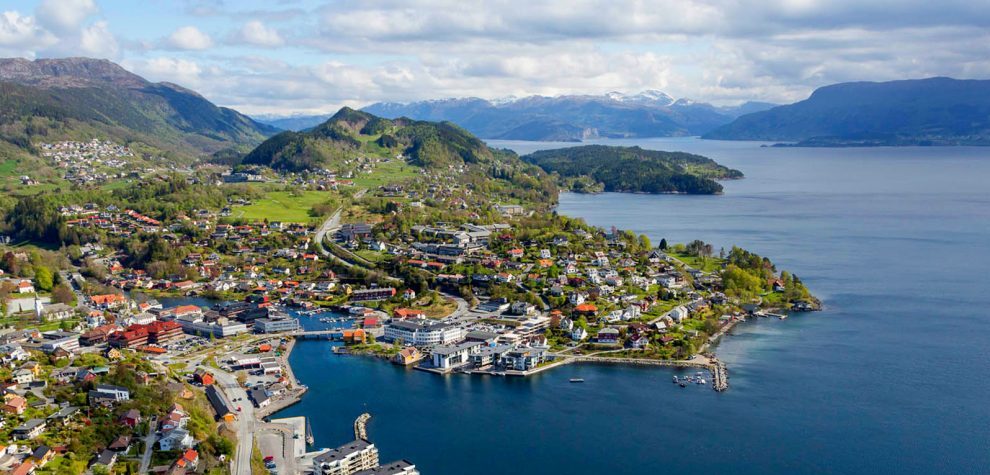
The Oselvar workshop started up in 1997. The last two boat builders who made a living from building Oselvar boats were employed in the new workshop. Two younger, professionally trained wooden boat builders who had not built this type of boat before were employed at the same time. Today, the Oselvar workshop is an approved training establishment for apprentices, and several boat builders have taken their qualifying exam here. Three of them are currently permanently employed as boat builders at the Oselvar workshop. The boat builders can follow their “professional family tree” generation by generation back to Lars and Jørgen Tøsdal. It is therefore safe to say that the Oselvar workshop is preserving a 300-year-old documented and unbroken boat building tradition.
The tradition that returned home
By Åsmund Lien
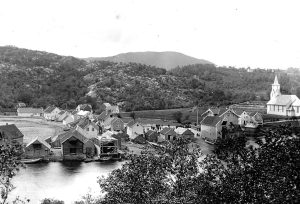
You have to ask: Is the Oselvar boat from the latter part of the 18th century a continuation of a tradition from Os, or is it a boat building method the two Tøsdal men had learned elsewhere? We also have to query where the two learned the craft. It may have been in Os. Boat building was not so old that it was not possible to find people who knew the craft, and neither do we know if the tradition had died out. It is equally and perhaps more likely that they learned the craft in Fusa or on the island of Tysnes, where they had carried on the boat building methods and traditions of which Os was also a part several generations earlier. We cannot ignore the fact that they may also have been in other places. It is said that the Tøsdal men had been in both Strandebarm and Austevoll to learn how to build boats, but there are no sources that document this.
The villages around the Bjørnefjord have had extensive interaction. The boat builders there built boats for the same market, both at home and abroad. They belonged to the same boat building community and it would be very surprising if there were major differences between the boats that were built in these villages. If Lars and Jørgen Tøsdal traveled across the fjord to learn the boat building trade, they probably brought home a tradition that was very similar to the one that had existed in the village a few decades earlier. In short: We believe it to be likely that there was little or no difference in the boat building traditions among the villages on the Bjørnefjord in the 17th century and earlier, and that it was this tradition that the Tøsdal men carried on when they took up the craft after 1750. If the tradition died out in Os for a while, it continued elsewhere, and could be brought back home. This is also supported by the fact that the building methods that have been used for generations on the island of Tysnes, in the family of Harald Dalland, are the same ones that have been used in Os.
Irrespective of how this is all connected, the boat building in the Tøsdal boathouse on the Oselva river was the start of a new golden era for the boats from Os. Many learned the profession from Lars and Jørgen, and the craft and industry spread to the whole village. The Oselvar boat was very popular with fishermen, and throughout the 19th century it gradually became the most used boat among the fishermen along the coast between Hernar and Espevær. In the early 19th century, Tysnes was still an important boat building island, and delivered Shetland boats right up until the 1850s. Towards the end of the century, however, Os had completely taken over. On Tysnes, there was a major decline in small boat building, and in most of the other boat building villages, it mostly disappeared. By the early years of the 20th century, there were only two large boat building communities left in Hordaland. These were Os and Strandebarm.
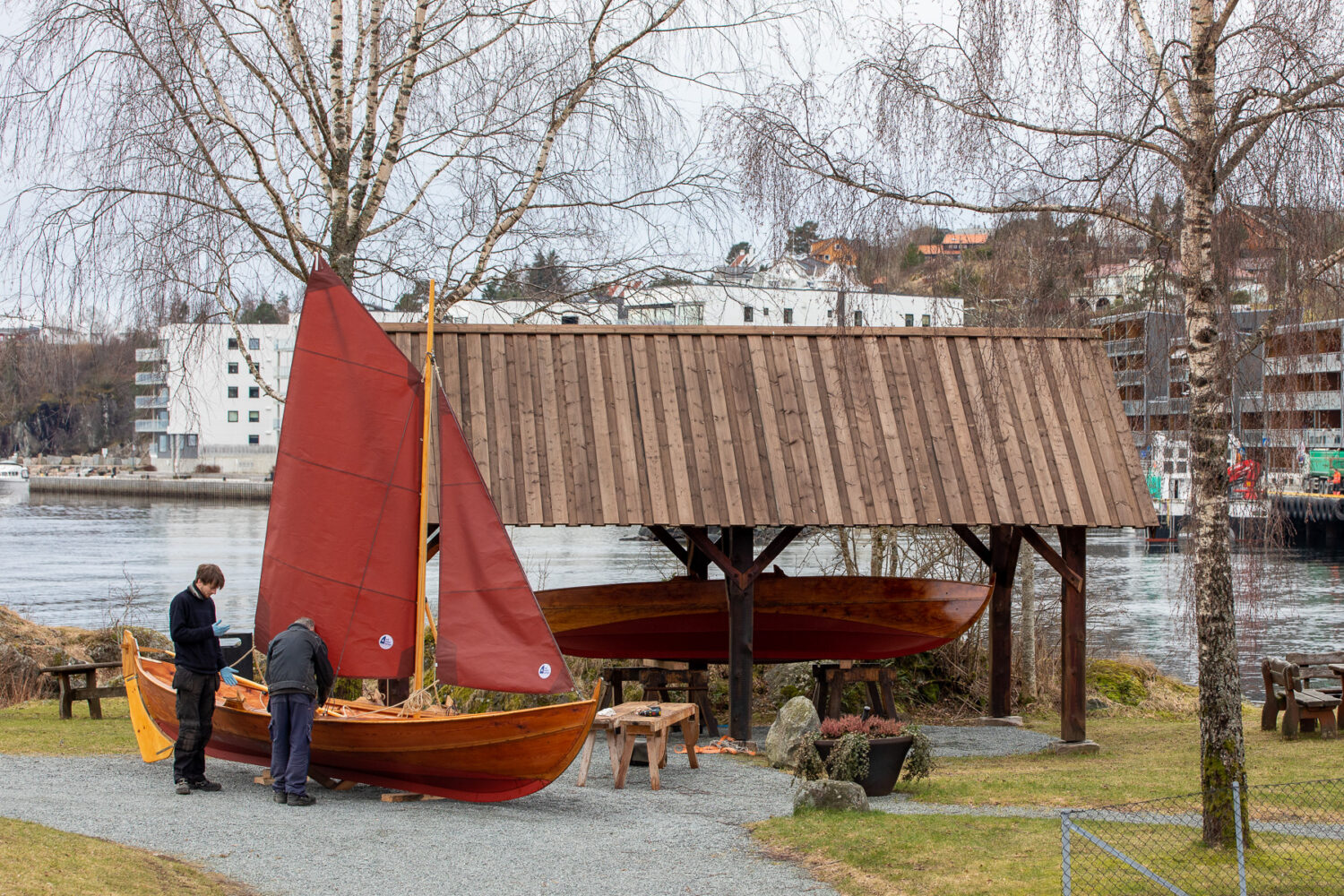
As the tradition has been unbroken for so long, all the old knowledge is still intact. The boat builders at the Oselvar workshop are among the foremost in Europe within traditional clinker boats. The workshop has had board members from important institutions such as the Norwegian Craft Institute and the Viking Ship Museum in Oslo, and we have access to expertise from Horda Museum and the Hardanger Maritime Centre via a professional council. We have also collaborated with the Viking Ship Museum in Roskilde, and have joined the “Artisan in Work” network (formerly Economuseum), which is a network of businesses that practice traditional crafts.
The boat builders at the Oselvar workshop today represent approx. three man-years. In addition, we have three apprentices. By the start of 2023, the workshop will have built around 115 boats. The workshop has healthy finances, but it requires moderation at all times.
Would you like to visit us? Go to this page.
Employees and apprentices at the Oselvar workshop, autumn 2023:

boat builder

boat builder

manager

boat builder/on leave
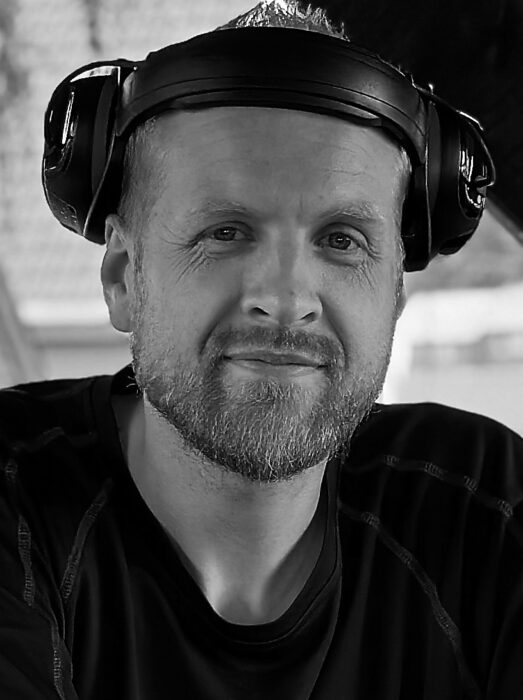
apprentice
